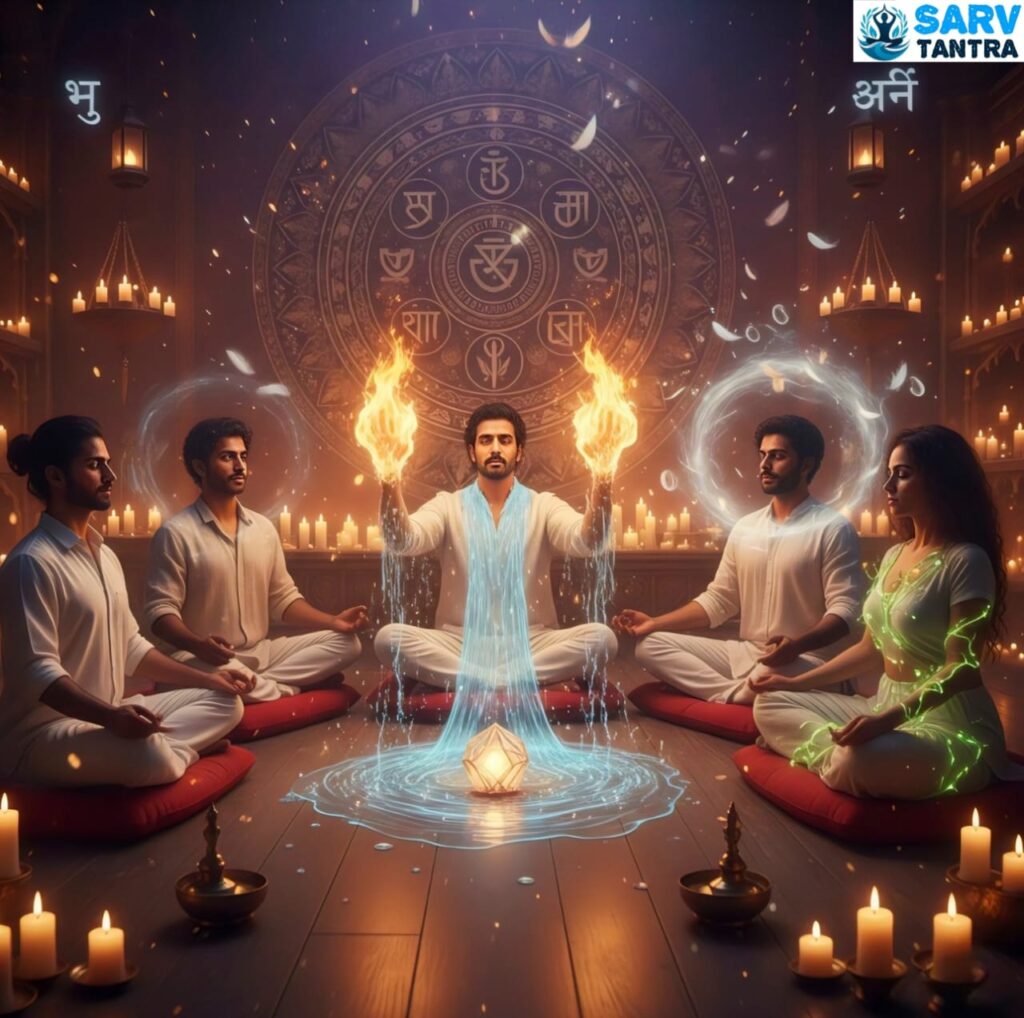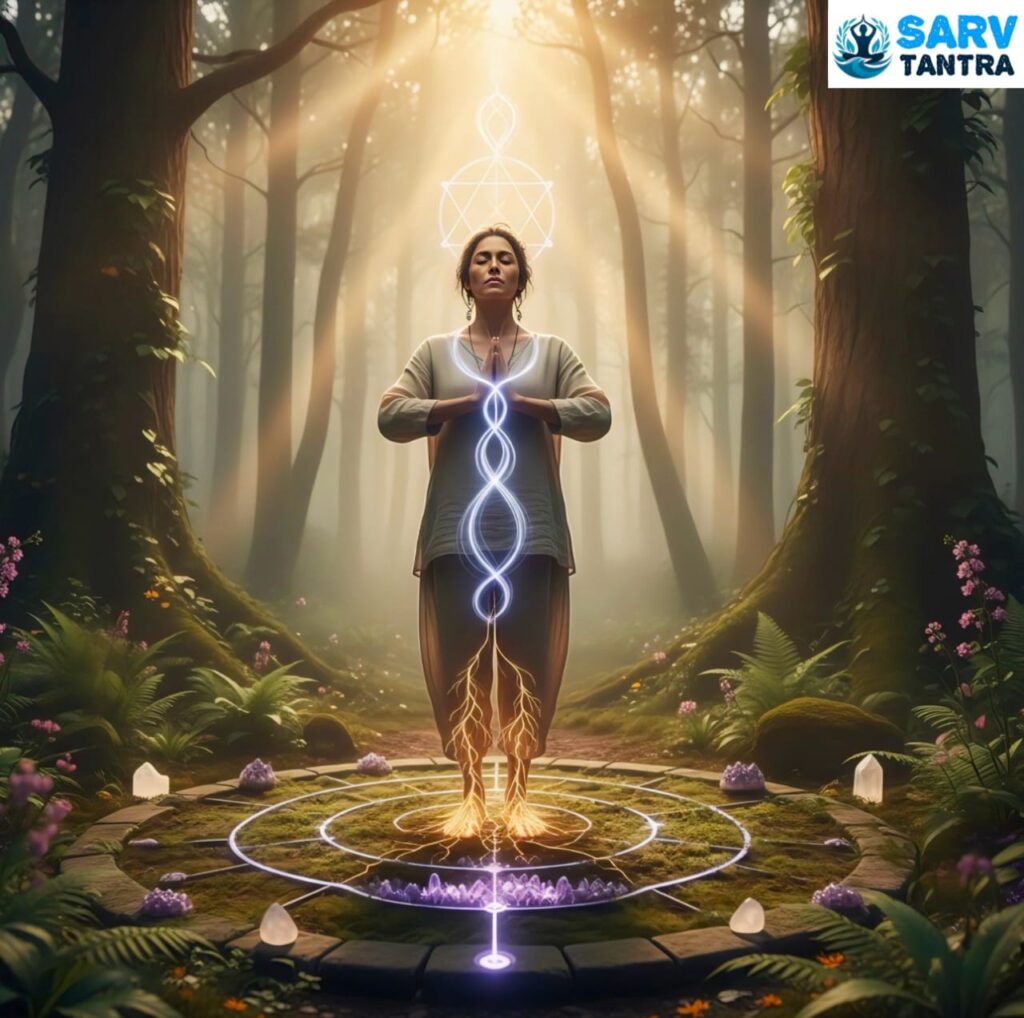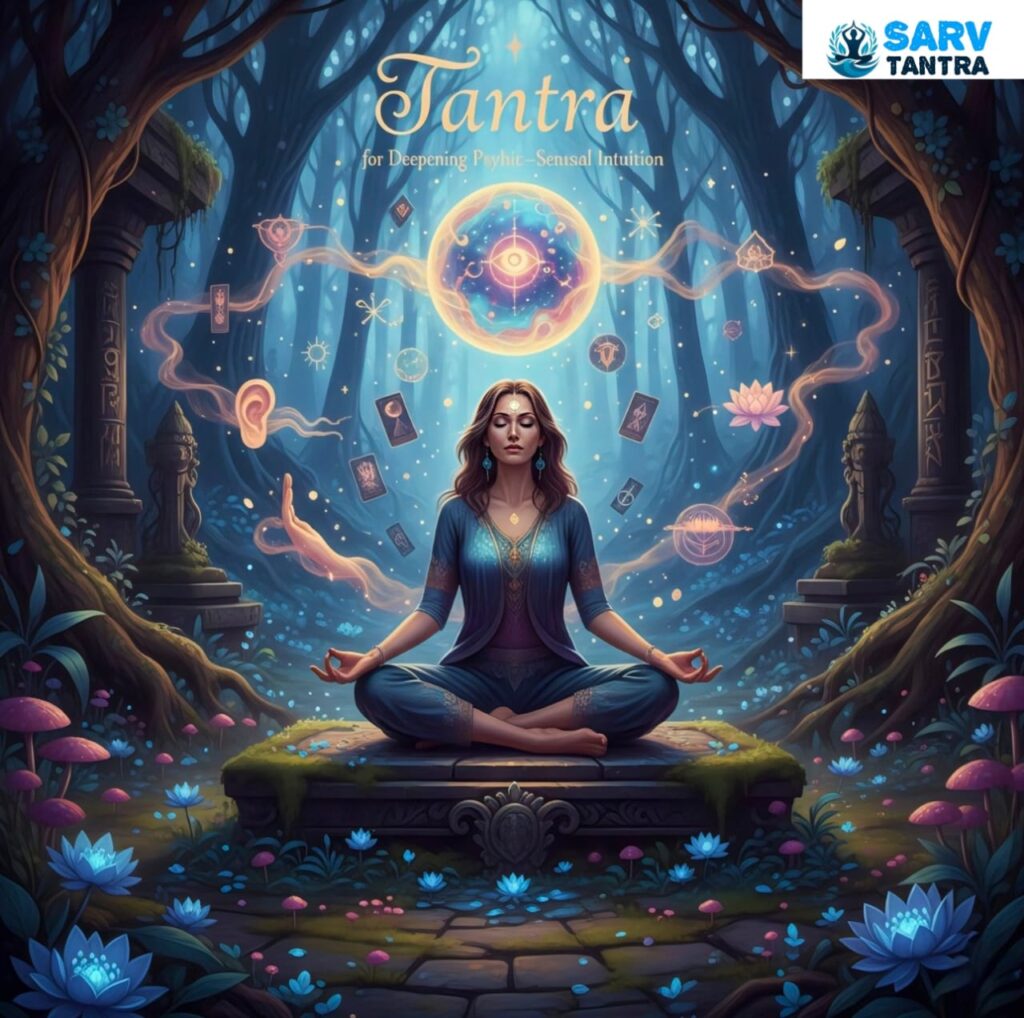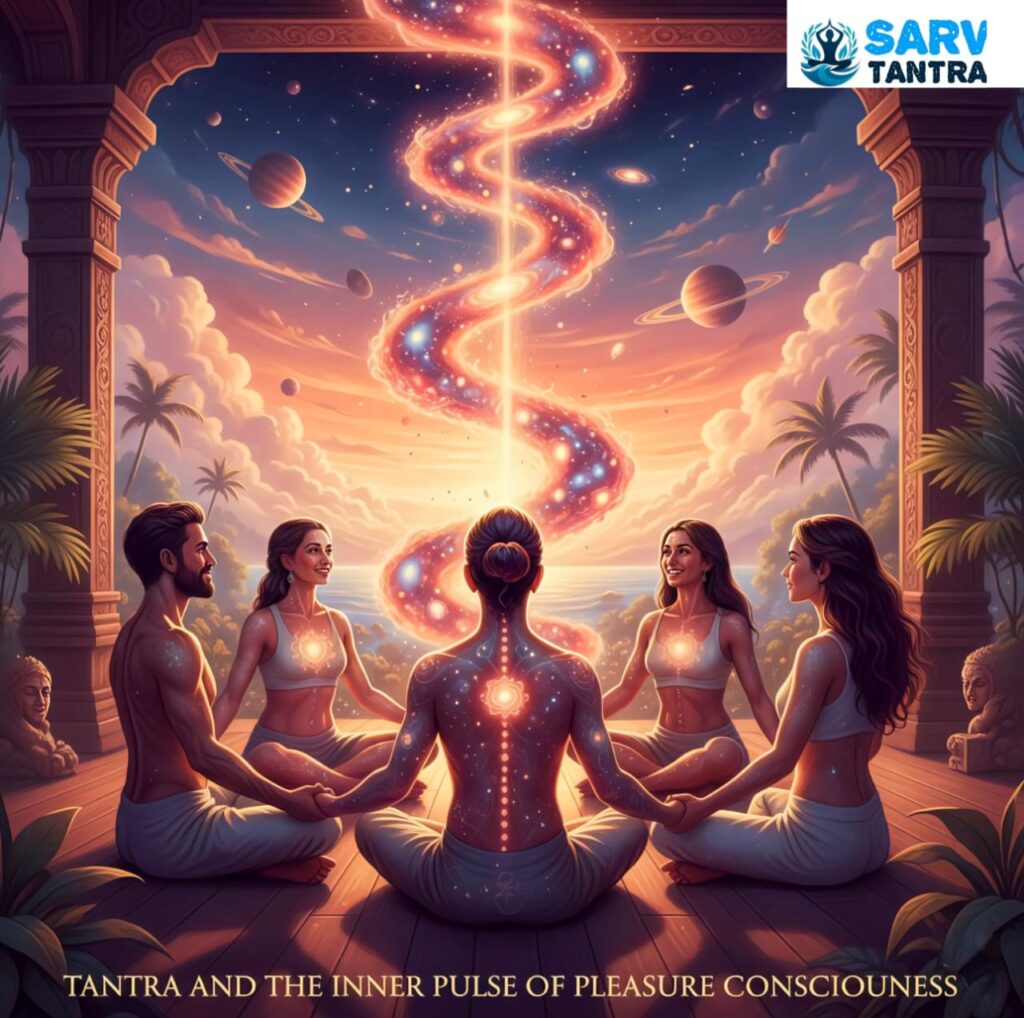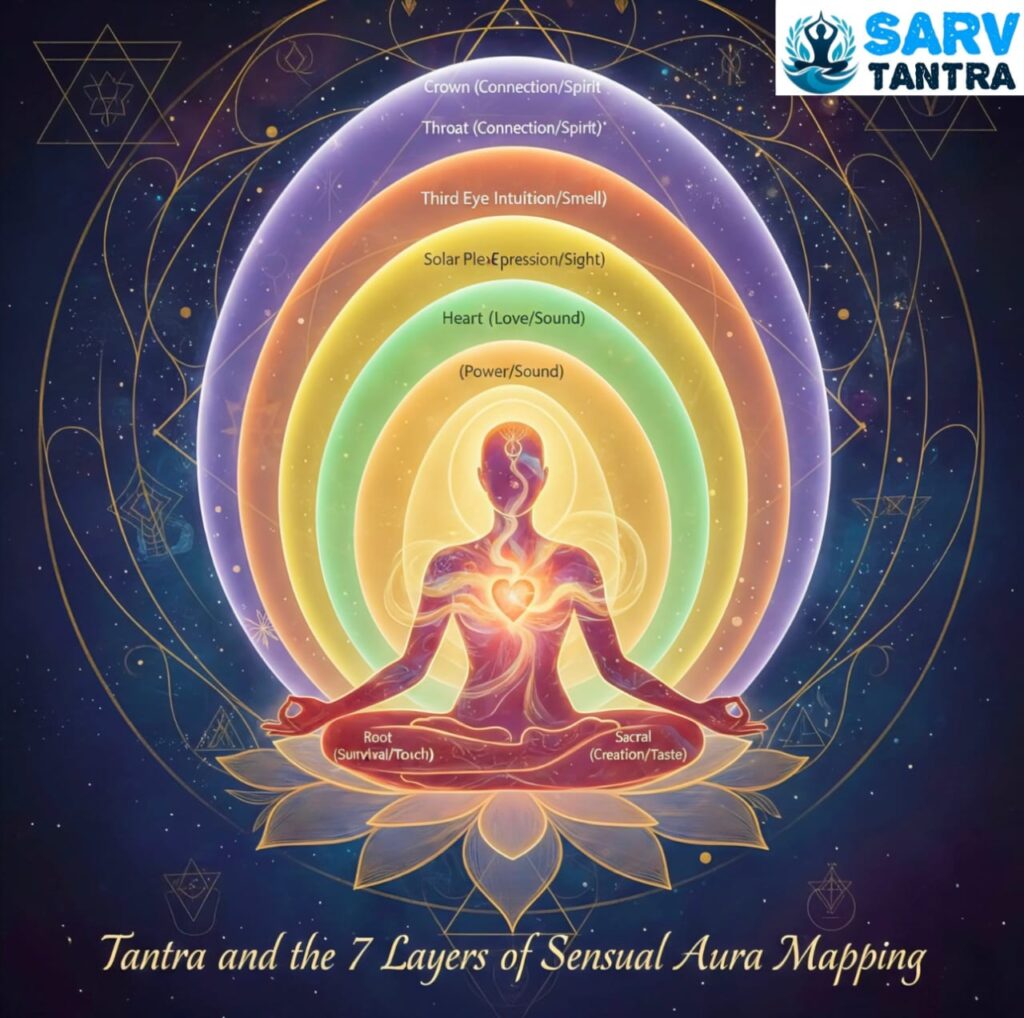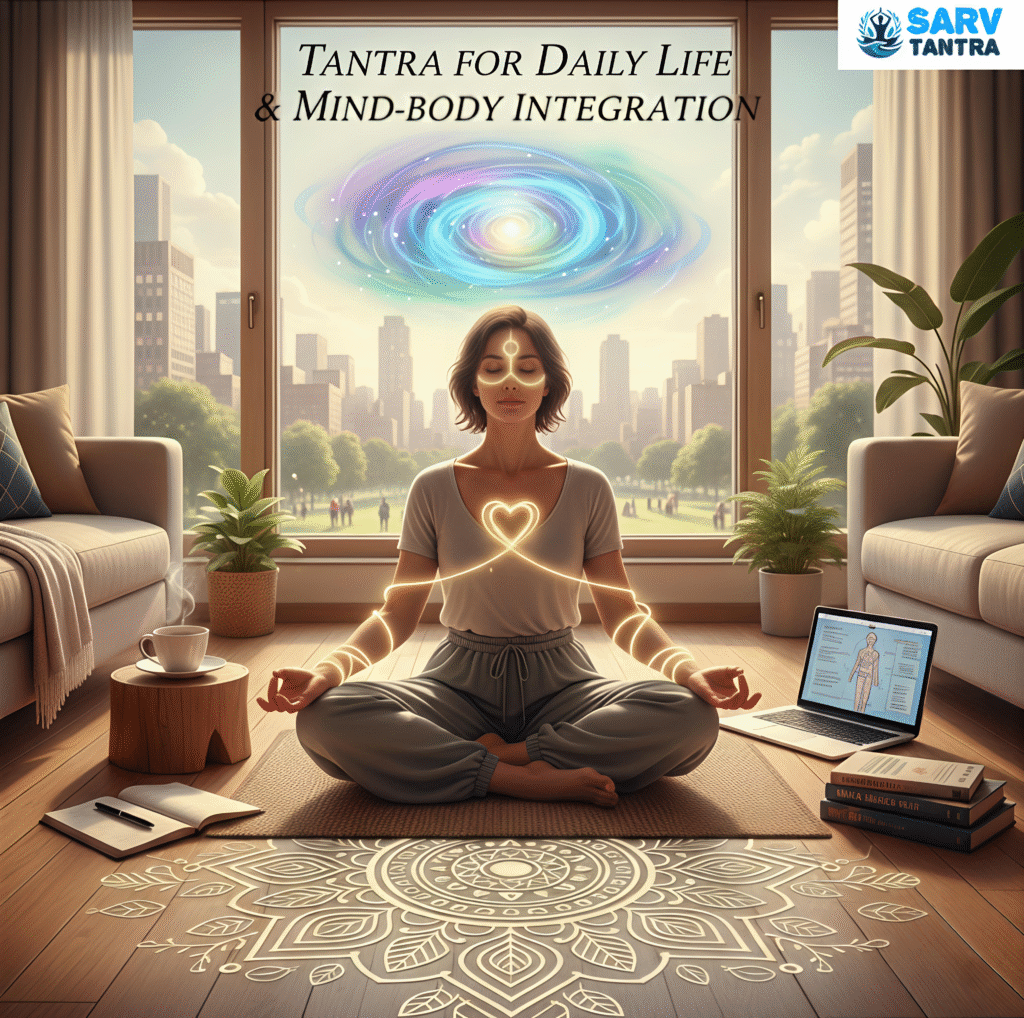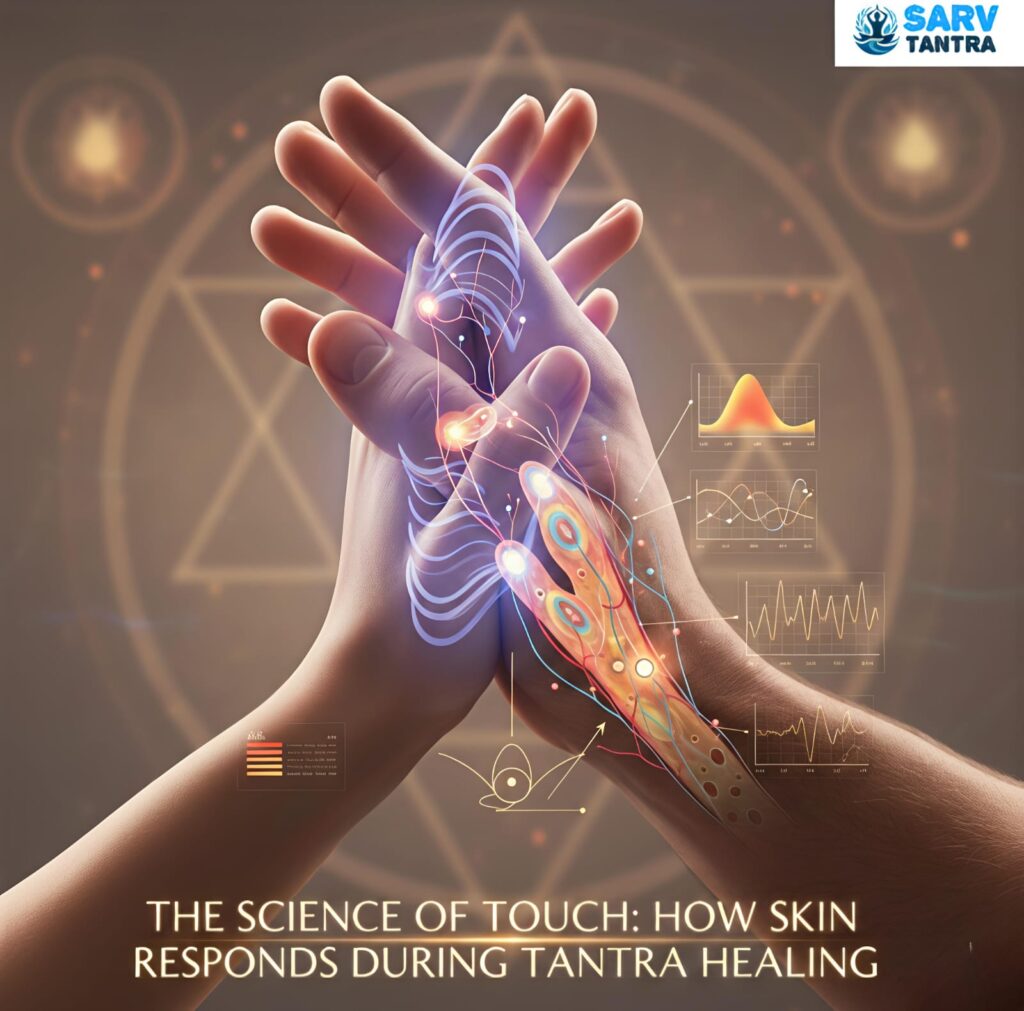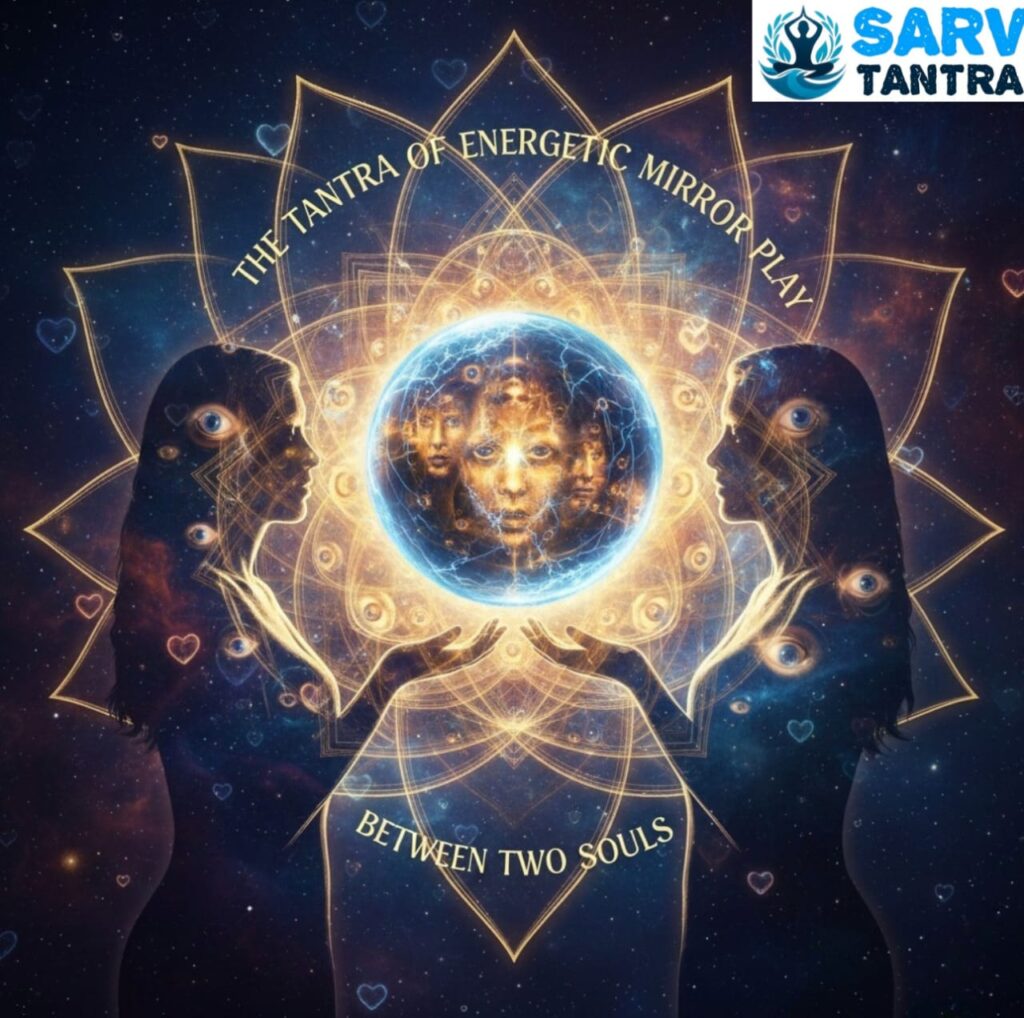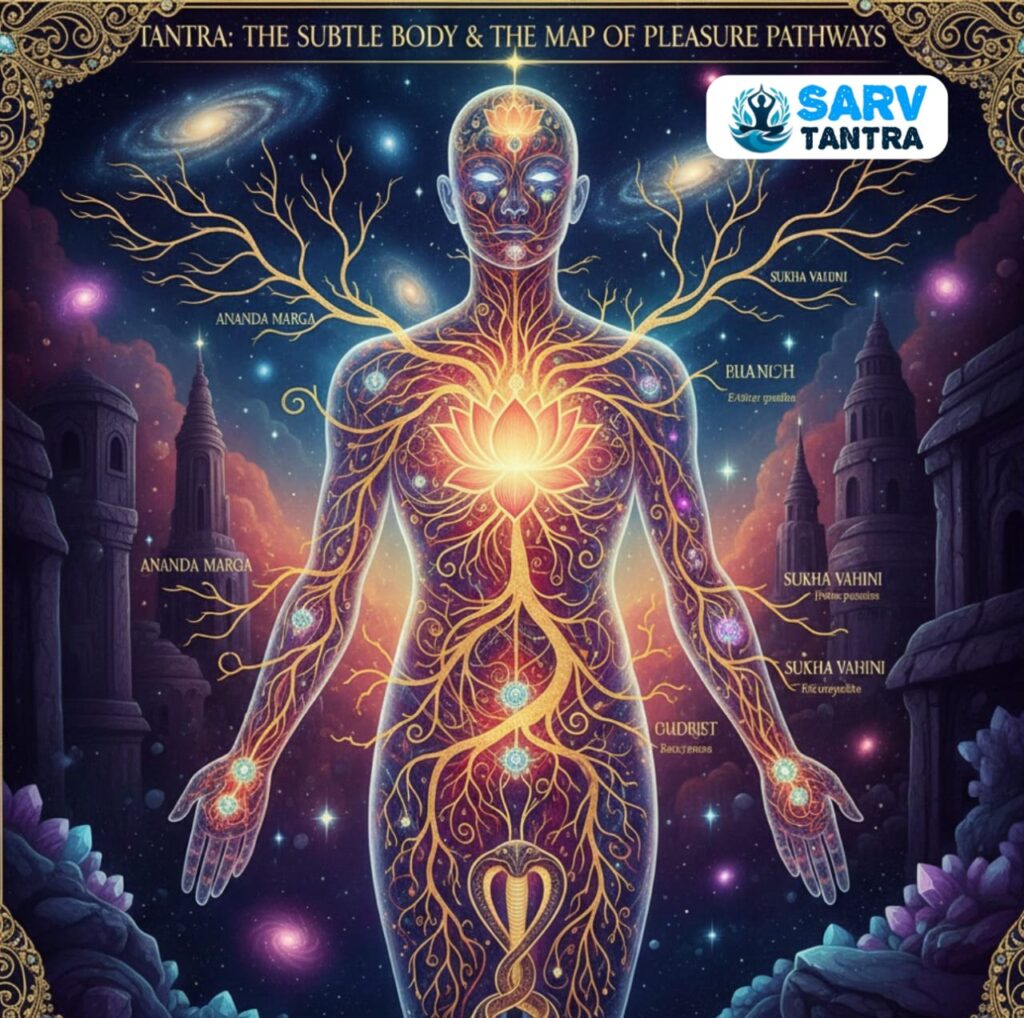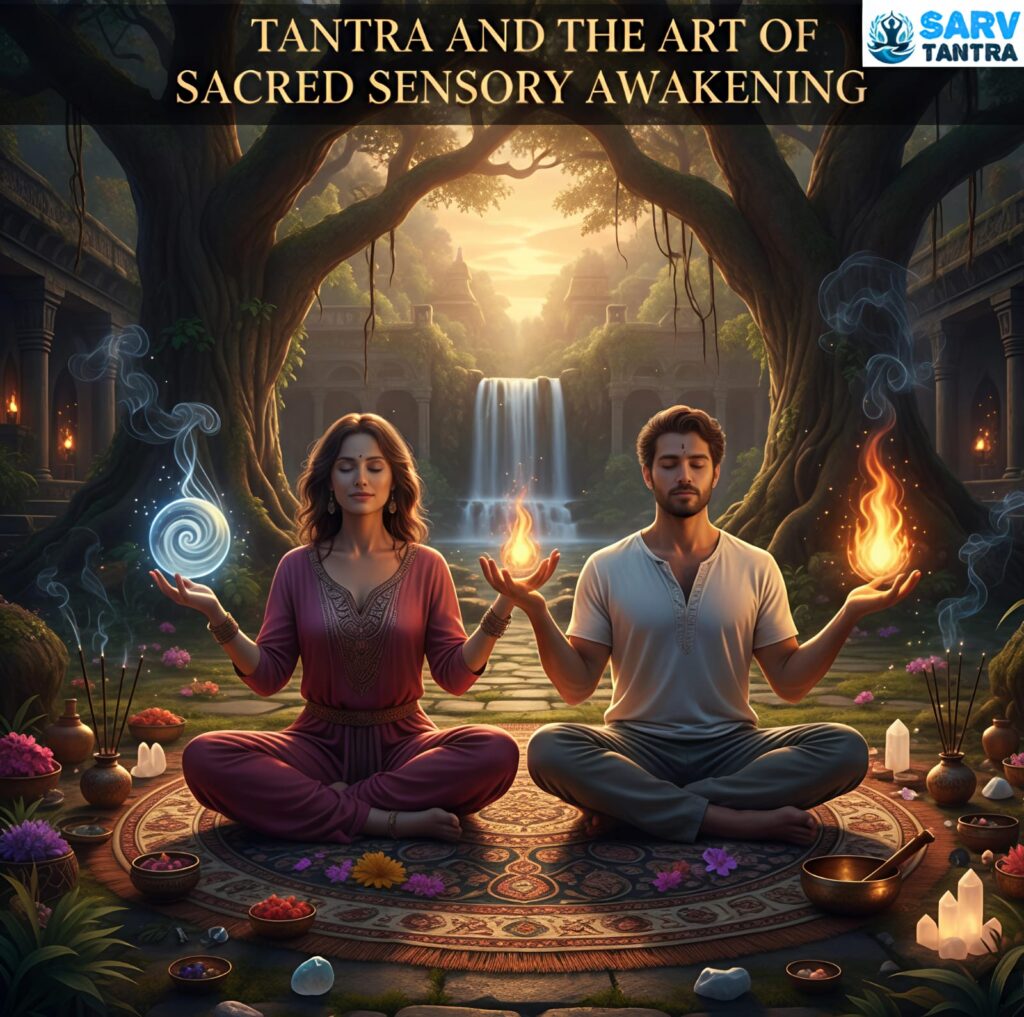Tantra and the Awakening of Kundalini Energy: Pathways to Inner Transformation and Spiritual Liberation
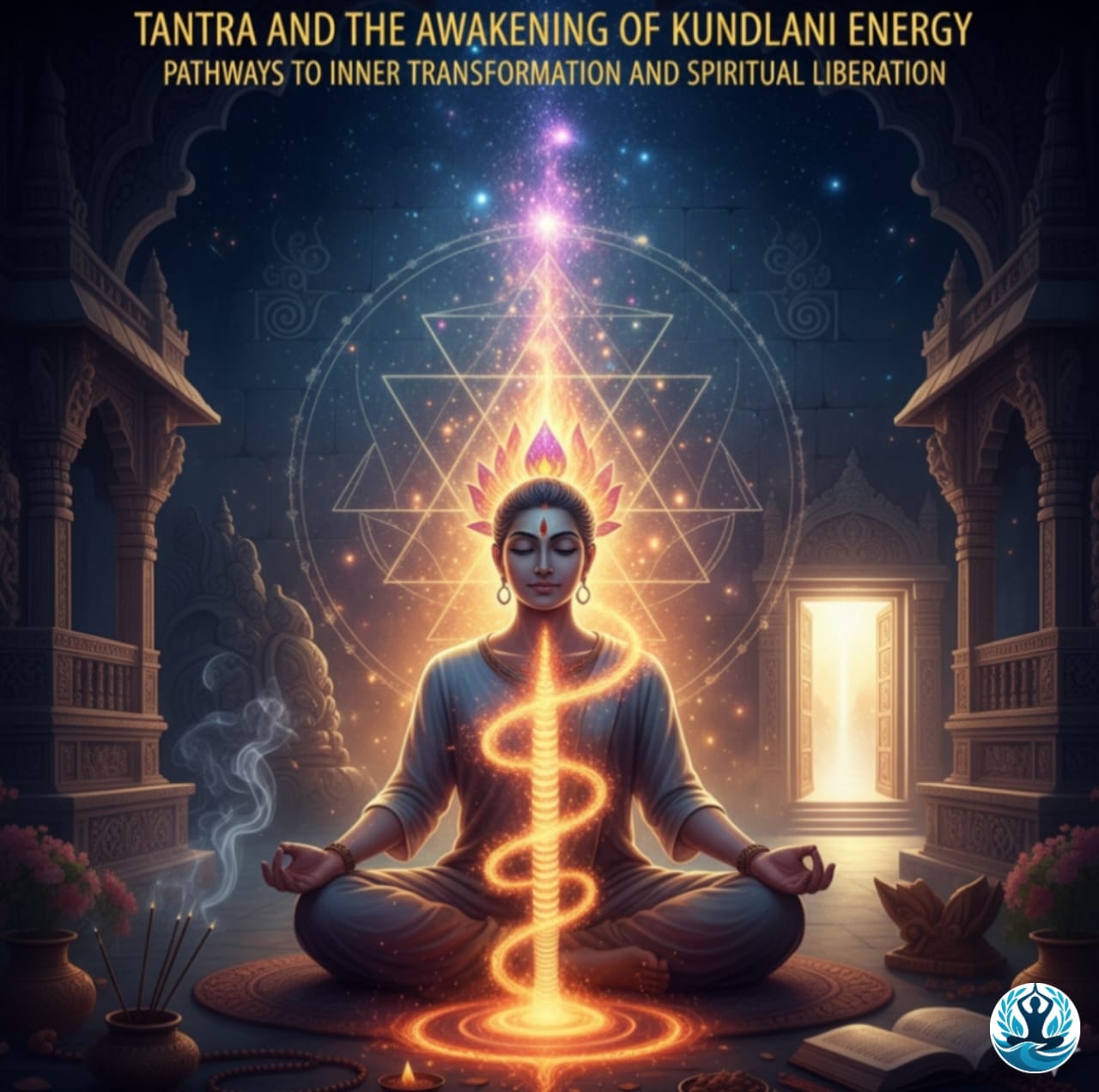
Tantra is one of the most profound spiritual traditions that has survived across centuries, often misunderstood, yet deeply transformative in its essence. Among its many dimensions, the awakening of kundalini energy holds a central place. Kundalini is described as a dormant spiritual energy located at the base of the spine, coiled like a serpent, waiting to be awakened. When this energy rises through the subtle channels of the body and moves upward through the chakras, it brings profound inner transformation, expanded consciousness, and the possibility of liberation. Tantra offers unique methods and practices to awaken kundalini in a safe and balanced way, guiding practitioners toward union of body, mind, and spirit. In this detailed exploration, we will understand the philosophy of kundalini, the tantric pathways of awakening, the role of energy centers, the benefits, challenges, and the transformative impact it can have on human life.
Understanding Kundalini Energy
The concept of kundalini originates from ancient Indian spiritual traditions, primarily within yoga and tantra. It is considered a primal life force, the source of spiritual power, creativity, and consciousness. Kundalini is visualized as a coiled serpent resting in the muladhara chakra, the root energy center located at the base of the spine. When dormant, it remains inactive, but when awakened through spiritual practices, it begins its journey upward through the central channel called sushumna nadi, passing through the chakras until it reaches sahasrara, the crown center at the top of the head. This union of kundalini with pure consciousness is described as a state of enlightenment or liberation. Unlike many other systems that only focus on meditation or asceticism, tantra recognizes kundalini as the key to transformation, acknowledging that it is not only a mystical force but also the very essence of life and awareness.
The Tantric Perspective on Kundalini
In tantra, kundalini awakening is not seen as a sudden or accidental event but as a systematic and conscious process. Tantra emphasizes balance between the masculine and feminine energies within us, often symbolized as Shiva and Shakti. Kundalini is considered the embodiment of Shakti, the divine feminine energy, and her ascent through the chakras is a journey of union with Shiva, the supreme consciousness. This union is the essence of tantra: the merging of dualities into oneness. Unlike approaches that deny or suppress the body, tantra celebrates it as a sacred vessel through which spiritual energy can be awakened and experienced. Thus, kundalini awakening in tantra is approached with reverence, awareness, and discipline, ensuring that the practitioner is prepared both physically and mentally to handle the intensity of the experience.
The Chakras and Energy Pathways
To understand kundalini awakening in tantra, one must also understand the system of chakras and nadis. Chakras are subtle energy centers aligned along the spine, each associated with specific qualities, elements, and dimensions of consciousness. The seven primary chakras are muladhara (root), svadhisthana (sacral), manipura (solar plexus), anahata (heart), vishuddha (throat), ajna (third eye), and sahasrara (crown). As kundalini ascends, it purifies and activates these chakras, bringing changes in awareness, emotions, and physical vitality. The nadis are energy channels, of which three are most important: ida, representing lunar energy and associated with calmness and intuition; pingala, representing solar energy and associated with activity and logic; and sushumna, the central channel through which kundalini must rise. In tantra, balancing ida and pingala through breath and meditation is essential before kundalini can safely flow upward through sushumna.
Tantric Practices for Kundalini Awakening
Tantra offers a variety of practices that prepare and support the awakening of kundalini. One of the most important is pranayama, the regulation of breath, which harmonizes the flow of energy in the nadis and helps awaken the subtle body. Meditation is another cornerstone, allowing practitioners to focus awareness and gradually open the inner pathways. Mantras, sacred sounds, are used to vibrationally activate energy centers and align the mind with higher frequencies. Yantras, geometric symbols, serve as visual tools for concentration and channeling energy. Rituals involving mudras, hand gestures, and bandhas, energy locks, are also employed to direct energy within the body. Additionally, tantric yoga postures aim not just at physical flexibility but at awakening dormant energy. Sexual energy, considered one of the most powerful forces in tantra, is not suppressed but transformed through sacred practices into spiritual energy that fuels kundalini’s rise.
The Stages of Awakening
The awakening of kundalini is often described as occurring in stages rather than in a single moment. In the beginning, practitioners may feel subtle movements of energy, tingling sensations, or emotional releases. As kundalini rises through the lower chakras, deep-seated fears, desires, and attachments may surface, demanding conscious release. At the level of the heart, one may experience overwhelming compassion, love, and unity with others. As the energy ascends further, intuitive insights, inner visions, and expanded awareness unfold. When kundalini reaches the crown chakra, practitioners may experience states of bliss, transcendence, and realization of oneness with the universe. However, tantra emphasizes that this journey is not linear; kundalini may rise and fall, clear blockages, and take time to stabilize. True awakening is not merely about mystical experiences but about integration, transformation, and living with heightened awareness.
Benefits of Kundalini Awakening
The awakening of kundalini through tantric practices can bring numerous benefits. On a physical level, practitioners may feel increased vitality, improved health, and balanced energy. On an emotional level, old traumas may be released, leading to greater emotional resilience and inner peace. Mentally, kundalini awakening often brings clarity, creativity, and expanded perception. Spiritually, it can lead to profound states of meditation, deep compassion, and a sense of connection to the cosmos. Many describe the experience as a rebirth, where life is no longer lived mechanically but with presence, joy, and awareness. The tantric approach ensures that these benefits are integrated into daily life, making spirituality not an escape but a deeper engagement with reality.
Challenges and Precautions
Despite its transformative power, kundalini awakening can also bring challenges if not approached with proper guidance. The intensity of awakened energy may cause physical discomfort, psychological disturbances, or emotional instability. Practitioners may experience heat, restlessness, or unprocessed memories surfacing. Tantra cautions against forcing the process or using shortcuts, as premature awakening without preparation can be destabilizing. Therefore, having a qualified teacher or guide is essential. Grounding practices, balanced lifestyle, and ethical living are emphasized to ensure that the energy flows smoothly. Tantra views challenges not as obstacles but as necessary purifications, provided the practitioner remains patient, disciplined, and open to transformation.
The Role of the Guru in Tantra
In tantric traditions, the guru or teacher plays an indispensable role in guiding the awakening of kundalini. The guru transmits not only knowledge but also spiritual energy, known as shaktipat, which can initiate or accelerate kundalini awakening. This transmission is not mechanical but based on a deep connection between teacher and student, where the guru recognizes the readiness of the disciple. The guru also provides practices tailored to the individual’s needs, ensures safety, and helps integrate the experiences into daily life. Tantra holds the relationship between guru and disciple as sacred, recognizing that the path of kundalini awakening is best undertaken with guidance and support rather than in isolation.
Kundalini as Liberation
The ultimate purpose of kundalini awakening in tantra is not merely to have mystical experiences but to attain liberation, known as moksha. When kundalini unites with pure consciousness at the crown, the practitioner realizes the truth of oneness, transcending the illusion of separation. This realization dissolves the ego, bringing freedom from fear, desire, and attachment. In this state, life is lived with spontaneity, compassion, and clarity. Tantra teaches that liberation does not mean withdrawal from the world but living fully in it with awakened awareness. Kundalini awakening thus becomes a path not only of personal transformation but also of service to humanity, as awakened individuals radiate love and wisdom into the world.
Conclusion
Tantra and kundalini awakening represent a sacred journey into the depths of human consciousness and beyond. Kundalini is the hidden potential within every individual, the spark of divinity waiting to be realized. Through tantric practices, this energy can be awakened in a safe, balanced, and transformative way. The journey requires patience, discipline, guidance, and openness, but its rewards are immeasurable. From physical vitality to emotional healing, from expanded awareness to spiritual liberation, kundalini awakening offers a complete path of transformation. Tantra, with its inclusive and holistic vision, reminds us that the body, mind, and spirit are not separate but aspects of the same divine reality. By awakening kundalini, we awaken to our true nature, a nature that is infinite, blissful, and one with the universe.




